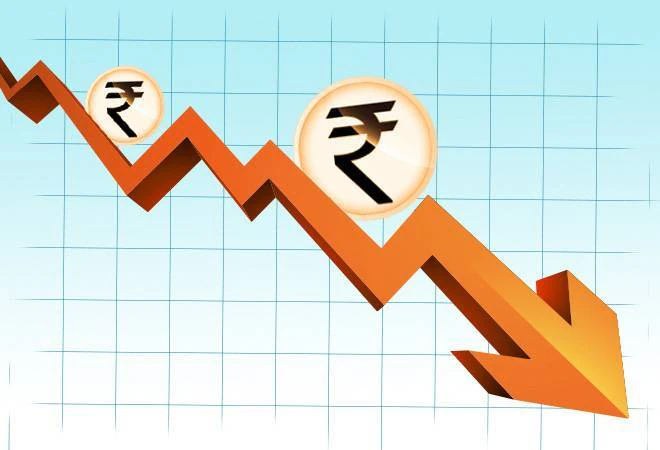Font size:
Print
The Digital Energy Grid (DEG)
Context:
A recent paper by the International Energy Agency (IEA) and the Foundation for Interoperability in Digital Economy (FIDE) suggests implementing an open, interoperable protocol for energy.
More on News
- Launched on February 12, 2025, titled “Digital Energy Grid: A Vision for a Unified Energy Infrastructure” at the IEA headquarters in Paris.
- This transformative framework aims to digitise energy transactions, assets, and participants, addressing inefficiencies in the decentralised energy ecosystem.
Current Energy Infrastructure & Challenges
- Current Energy System: The design of India’s energy infrastructure has remained largely unchanged for over a century. The grid, which distributes power from generating stations, is largely a top-down system with new technologies added on without rethinking the core structure.
- Challenges in Integration: Modern energy systems, such as electric vehicle (EV) charging networks, distributed renewable sources, and energy efficiency solutions, are not integrated into the existing grid. This is due to outdated laws and infrastructure designed in a pre-digital era.
- Growing Demand: There is an urgent need to increase energy supply due to rising demand from cooling systems, EVs, and data centres. Integrating distributed and renewable energy sources can help meet this demand, but current infrastructure struggles with variable energy sources.
- Need for System Redesign: A significant redesign of the energy ecosystem is needed to address current and future needs, but the exact changes required are still unclear.
Proposed Solution – Digital Energy Grid
- The DEG proposes an interoperable, unified digital infrastructure connecting all energy stakeholders—producers, consumers, and intermediaries. Leveraging advanced digital technologies.
- Core Elements:
- Identity – Each entity in the energy system (power plants, grid, batteries, rooftop solar panels) will receive a globally unique identity.
- Data Formats – Standardised machine-readable formats will enable digital processing of energy data.
- Verifiable Data Portability – Secure verification procedures will ensure tamper-proof, portable data across the ecosystem.
- Transforming the Energy Grid into a “Network of Networks”: DEG would unify various energy systems, similar to how the internet works for digital systems (e.g., HTTP for websites).
- It would enable bi-directional communication between systems, making energy flow more flexible and efficient.
- Allows decentralised participants to communicate directly instead of relying on a central control centre.
Benefits of DEG
- Enhanced Grid Stability: Neighborhoods can become self-sufficient by optimising energy consumption and sharing stored energy when needed.
- Fault-Tolerant Networks: Micro-networks can redistribute energy if certain nodes fail, increasing grid resilience.
- Renewable Energy Integration: Coordinating the production and consumption of rooftop solar and other renewables will stabilise the grid more effectively.
- Optimised Energy Consumption: Consumers can charge EVs when electricity is cheap and sell stored energy during peak demand.
- Increased Private Sector Participation: Greater involvement of private players while maintaining competition and consumer protection.
Regulatory Changes Required
- Existing laws restricting small distributed energy systems must be dismantled to enable interoperability.
- Regulatory frameworks should support the implementation of DEG without the need for additional security legislation.
- Regulators will play a key role in defining and enforcing protocols, ensuring a balanced approach between private-sector participation and consumer protection.
Implications for the Energy Sector
- The adoption of the DEG framework is expected to revolutionise the energy sector by:
- Reducing Operational Inefficiencies → Automation & real-time monitoring minimise energy losses & costs
- Promoting Sustainable Practices → A unified grid accommodates more renewable energy sources
- Enhancing Energy Security → Improved grid management ensures greater resilience against disruptions


